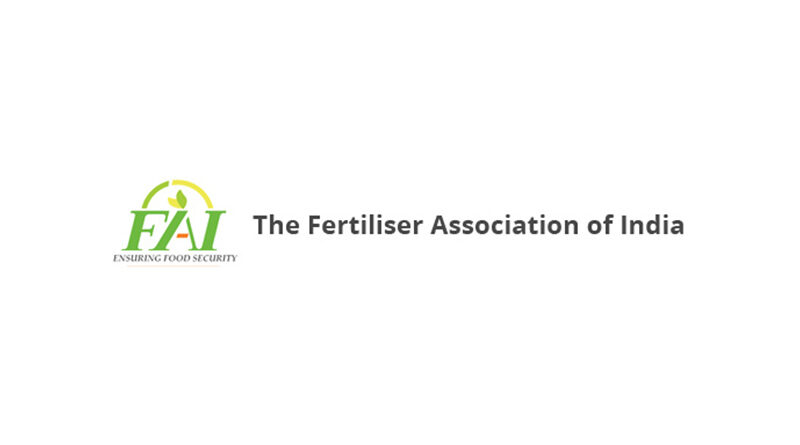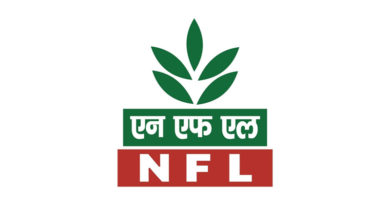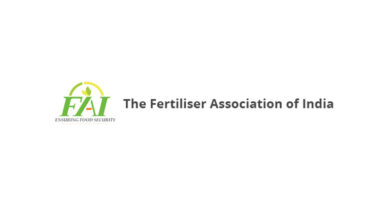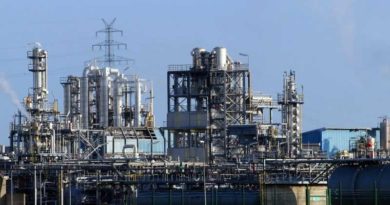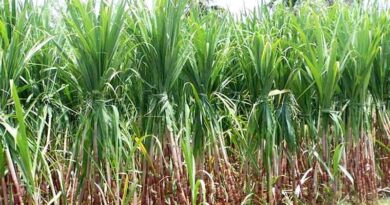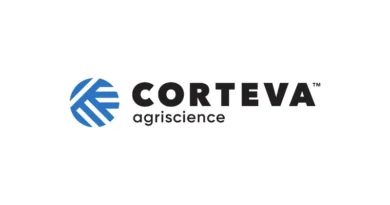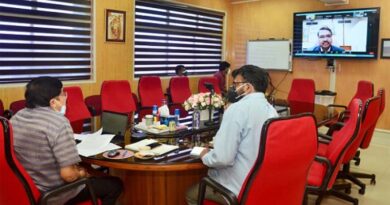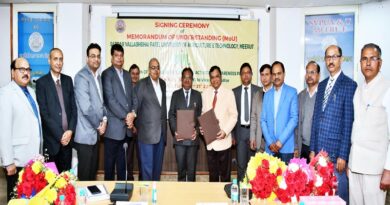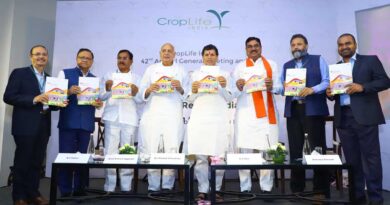FAI Annual Seminar – 2020 on Fertilizer and Agriculture during COVID-19
04 December 2020, Delhi, IN: World witnessed unprecedented health and economic crisis due to COVID-19 pandemic. Indian agriculture sector, however, registered an impressive growth amid decline in most other sectors of the economy. Fertilizer sector also registered positive growth both in first and second quarter of 2020-21.
Also Read: Mr. Kishore Rungta takes charge as Chairman FAI Southern Region
Government of India extended all possible help and facilitated smooth operation of agriculture and fertilizer sectors. Government notified amended Modified NPS-III Policy even during pandemic, which paved the way for payment of enhanced fixed cost to urea units. In spite of restrictions on disbursal of funds, government released 95% of annual budget during April-November period and allocated another Rs.65,000 crore for fertilizer subsidy. Government is also working on reforms for the sector. Once, the policies for the sector are reformed, many of the issues faced by the industry under present policy regime will be automatically resolved.
Urea sector
Successive reduction in energy consumption norms in 2004, 2006, 2015 and 2018 to 2020 without recognising investments made by units to achieve such levels of energy efficiency has hurt the industry. Energy Consumption Norms of 2015 level for all urea units need to be continued till reform in urea policy is implemented. The policy should have provision to recover investment for energy improvement projects within a reasonable period of say 5 years. Incentive for use of coal for non-feed purposes be revived.
Amendment in Modified NPS-III policy on 30th March, 2020 removed the clause pertaining to minimum fixed cost. This has major impact on production of urea from these three units. It will also impact viability of about 4 million tonnes per annum of production beyond reassessed capacity (RAC). Policy for minimum fixed cost needs to be approved at the earliest in the interest of viability of three efficient plants and also to ensure viability of production above RAC.
There have been further increases in fixed cost beyond what is allowed under Modified NPS-III. Such increases remain un-recognised under the policy resulting in huge under-recovery of cost to the industry. For further increase in fixed cost beyond Modified NPS-III, fixed cost needs to be linked to appropriate price index.
Decreasing share of domestic natural gas in total supply to urea sector over the years from 76% in 2012-13 to around 27% at present has increased the cost of energy for urea production and also the amount of subsidy.
Government should bring more domestic gas into pool. LNG for new plants should be procured on auction basis to minimize gas cost.
P&K fertilizer industry
Customs duty at 5% on imported raw materials like phosphoric acid and ammonia and 2.5% on rock phosphate and sulphur is rendering domestic P & K fertilizer manufacturing uncompetitive vis-à-vis imports. Subsidy rate is same for domestic and imported P & K fertilizers.
Raw materials / intermediates should be exempted from customs duty, or, only a nominal rate of 1% customs duty be levied.
There is a need for increasing the rate of Customs duty on imported P & K fertilizers to encourage domestic value addition and improving capacity utilization in P&K segment.
Inverted duty structure of GST on ammonia and sulphuric acid at 18% compared to 5% on fertilizers, absence of time bound refund of unutilized ITC and no refund against GST on input services also increase the cost of domestic production of P & K fertilizers. Under GST Law refund of Input Tax Credit (ITC) for fertilizer sector be made time bound like exports.
Also, there is a need for differential subsidy for domestic and imported P&K fertilizers.
Payment of Subsidy
Payment of subsidy has always been lagging behind by several months. There are always massive arrears. Even now the payment for April-June quarter is not complete. But, allocation of Rs.65,000 crore under AtmaNirbhar Bharat 3.0 should help to clear all arrears and make the payment on weekly basis as envisaged in DBT policy the sector.
Fertilizer and Agriculture: NPK use ratio has widened from 4.7:2.3:1 in 2010-11 to 7.1:2.8:1 in 2019-20. Crop response ratio declined from 12.1 for the decade 1960-69 to 5 for the period 2010-17. Average yield of paddy and wheat in India at 3878 and 3371 kg per hectare is way below the levels of major producers of these crops in the world and much lower than even our neighbours like China, Bangladesh, Pakistan, etc. Average yield of paddy in Australia, Egypt, USA, China and Bangladesh are 10386, 8827, 8621, 7027 and 4737 kg per hectare, respectively. Similarly, average yield of wheat in UK, France, Egypt and China are 7755, 6843, 6690 and 5417 kg per hectare, respectively. There is need for encouraging balanced use of nutrients to increase productivity with lower inputs.
Reforms
Government has already undertaken a massive exercise to discuss reforms in the sector through five high level Working groups under the programme ‘Chintan Shivir’.
Reforms 1.0
Implementation of Nutrient Based Subsidy (NBS) Policy for Urea: Complete decontrol of the sector alongwith DBT into farmers’ bank accounts may take some time. But, Nutrient Based Subsidy (NBS) policy for urea may be implemented immediately. This will result in much needed parity in subsidy and retail prices of at
least primary fertilizer nutrients i.e. N, P and K leading to their balanced use. The fixed subsidy on nitrogen needs to be calibrated keeping in view the gas price and target MRP of urea.
Reforms 2.0
Implementation of True DBT and Deregulation of Fertilizer Industry: The ultimate solution for the sector lies in implementation of Direct Benefit Transfer (DBT) of fertilizer subsidy directly to the bank accounts of farmers and deregulation of the fertilizer sector. Payment of subsidy may be linked to sales of fertilizers, be it organic, chemical, biofertilisers or secondary and micronutrients.

